Art and human life are inseparable. Indian thought currents, values and ethics have always had reverence for all that existed in nature, so much so that it evolved a concept that all that is alive, from plants to animals and human species, belong to a single family (VasudhaivaKutumbakam). They have all originated from a common source and are interdependent. The same worldview has found its reflection in Indian art, both in vernacular and classical traditions.
Rock art, being the earliest expression of human aesthetic desire, is an important cultural marker having multifaceted dimensions, together with its allied subjects. It is an intricate and complex domain covering material and cognitive aspects of culture. A multidisciplinary approach is being advocated to decode and understand it in all its dimensions. To study the prehistory in this context becomes equally important.
The objective of the present volume is to delve deep into the recent prehistoric and historic investigations carried out by various eminent scholars in North-East India and other parts of the country. In fact, it is an explanatory attempt to broadly trace the origin and antiquity of prehistory and rock art of the region. The present volume is divided into two sections. The first section gives an account of the cultural dimensions of ecology and rock art of the North-Eastern states while the second section deals with the rest of India.
The papers included in the volume highlight the immense potential that rock art possesses in unravelling the mysteries of the past. The data and the interpretations put forward by various scholars are comprehensive and analytical. Most of their views are appropriate and hold good promise in terms of recent trends in rock art research. This illustrated volume aims to boost and promote the importance of the rock art research, particularly in North-East India.

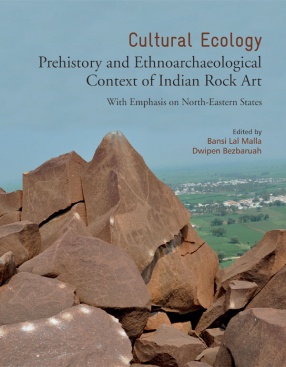

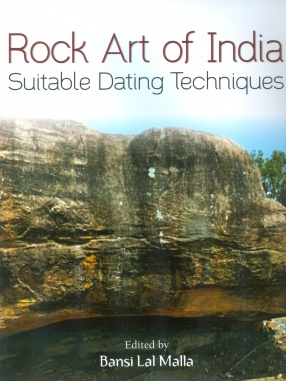
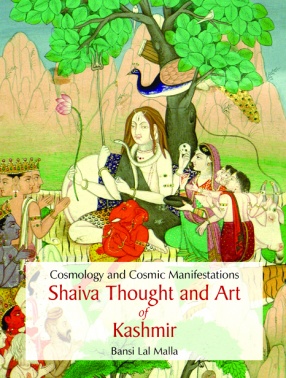
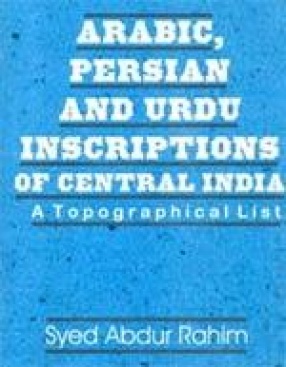
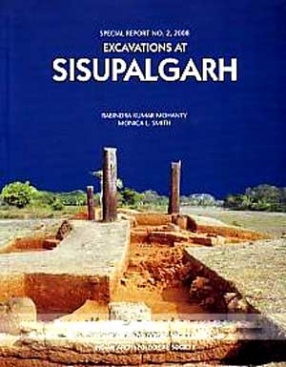
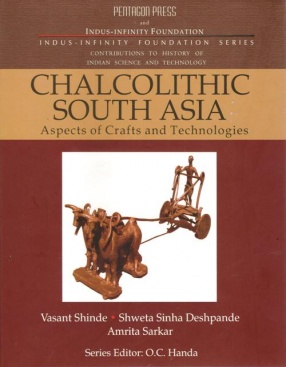
There are no reviews yet.